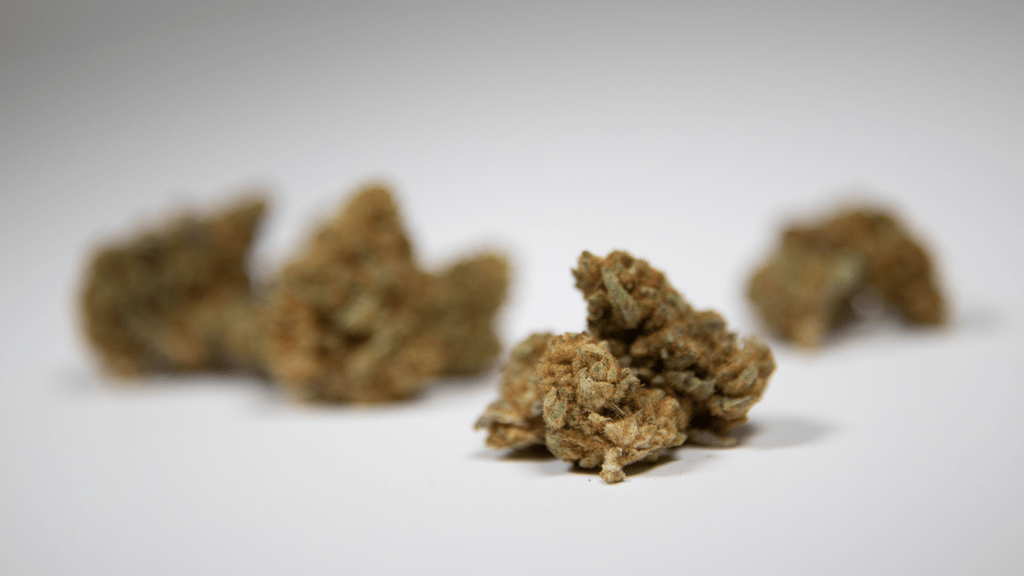In recent years, the landscape of cannabis in MMA has changed more than many expected—but it’s far from settled. The UFC, once aligned with USADA’s strict drug-testing regime, officially removed cannabis from its banned substances list as of December 31, 2023, establishing a new anti-doping policy under Combat Sports Anti-Doping (CSAD) and Drug Free Sport International. Under that new policy, fighters are no longer punished for positive THC (carboxy-THC) tests unless there is compelling evidence they used it with the intent of gaining a performance advantage. That marks a major shift in the sport’s official approach.
But that shift hasn’t resolved all the friction—particularly between promoters, athletes, and state athletic commissions. Even though the UFC relaxed its cannabis rules, individual state commissions still set and enforce their own regulations. Take California: ahead of UFC 298 in Anaheim, the UFC advised fighters to immediately cease cannabis use if they risked testing above 150 ng/mL of THC, noting that the California State Athletic Commission would fine those above that threshold $100. Meanwhile, in Nevada, a watershed moment arrived when the Nevada State Athletic Commission (NSAC) formally removed cannabis from its list of prohibited substances altogether. In October 2024, they adopted regulations clarifying that possession, use, or consumption of cannabis products would no longer count as anti-doping violations.
So a fighter might be free to use cannabis in Nevada without risk of punishment but run into a fine in California for the same level of exposure. That inconsistency is exactly where tensions lie. For athletes, cannabis is often not about trying to gain an edge but about managing pain, sleep, recovery, or mental wellness during grueling training cycles. The presence of THC metabolites in the body doesn’t reliably correlate with impairment or performance gain, especially given how THC accumulates and is released from fat over time.
From the commission side, concerns remain around fighter safety, public perception, and adherence to anti-doping standards. Many state regulators still look to WADA’s prohibited list, which classifies cannabinoids (excluding CBD) as banned in competition. Some believe that allowing cannabis use—even only out of competition—could erode the “spirit of sport” and blur the line between acceptable recovery and abuse.
Ultimately, these conflicts underscore a deeper regulatory fragmentation in MMA. There is no global governing body that standardizes anti-doping rules across all jurisdictions. The UFC may move ahead with a more permissive stance internally, but commissions often lag or disagree, resulting in a patchwork where athletes must navigate different rules depending on where they fight. Until commissions align—whether by adopting similar thresholds, removing cannabis prohibition entirely, or crafting unified guidance—the clash over cannabis will persist. In the meantime, athletes remain caught between evolving science, varied state laws, and uneven enforcement outside the ring.





